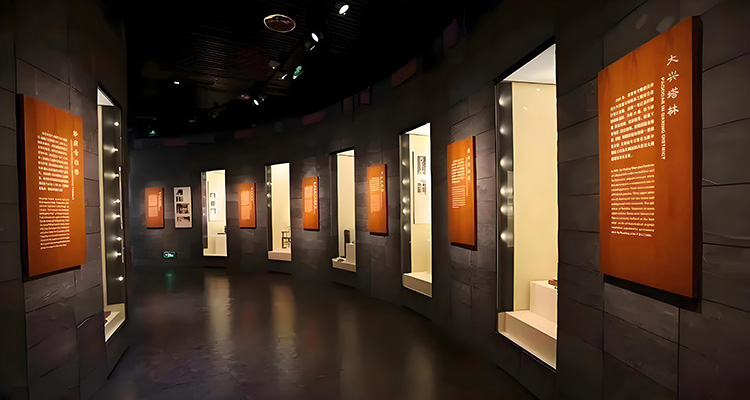Capital Museum Beijing: Explore 3,000 Years of History and Culture
Hidden in Beijing’s bustling Xicheng District, the Capital Museum is one of the best places to explore the city’s cultural legacy. Unlike the crowded Forbidden City, this museum tells the story of Beijing’s 3,000-year history through modern, immersive exhibitions.
1. Why You Should Visit
The Capital Museum, opened in 2006, is a modern landmark that blends tradition with innovation. Its massive roof design draws inspiration from ancient Chinese architecture, while the bronze oval exhibition hall resembles a ritual vessel, symbolizing the weight of Beijing’s cultural heritage.
It ranks just below the National Museum of China, but what makes it special is its focus: it tells only Beijing’s story. This single-minded dedication makes it the most systematic and comprehensive place to understand the city. Whether you’re planning to visit the Forbidden City or explore the hutongs later, the Capital Museum provides the perfect cultural foundation.

2. What to See Inside
Exhibits at the Capital Museum center around “Beijing” itself, with top-quality artifacts and storytelling.
Highlights you can’t miss:
- Western Zhou Bronze Li Vessel: A rare bronze artifact from early Beijing history, classified as a national treasure.
- Yuan Dynasty Blue-and-White Phoenix Ewer: Reflects Beijing’s role as a cosmopolitan hub during the Yuan Dynasty, with its unique form and rarity.
- Qianlong Emperor’s Stone Stele: Located in the main hall, this massive stele is key to understanding Qing-era Beijing’s urban planning and governance.
Exhibits are diverse and connected:
Two main themes guide the museum: “Old Beijing Folk Customs” and “Ancient Beijing Historical Relics.”
- The folk customs section recreates hutong life with daily objects and street scenes.
- The historical relics section follows a chronological timeline from the Yan and Ji states to the Republic of China, linking together Beijing’s evolution from frontier town to imperial capital and modern metropolis.

3. Visitor Guide: How to Explore Efficiently
Recommended route & time allocation (3–4 hours):
- Start on the 5th floor: “Old Beijing Folk Customs” (1 hour): Fun and interactive, it offers a lively introduction to Beijing culture.
- Move down to the 2nd floor: “Ancient Beijing Historical Relics” (1.5–2 hours): This is the core of the museum; follow the dynasties in order.
- Finish with temporary exhibitions or rest on the 1st floor.
Useful tips:
- Audio guides: Available in multiple languages including English, highly recommended for international visitors.
- Accessibility: Fully equipped for wheelchairs and strollers with elevators and ramps.
- Avoiding crowds: Weekday mornings or early afternoons are the best times, as weekends are busier.
4. Location and Transportation
The Capital Museum is located at No.16 Fuxingmenwai Street, Xicheng District, Beijing, with excellent transport connections.
- By subway (best option): Take Line 1 to Muxidi Station, exit C1, and walk east about 5 minutes. From central Beijing (Tiananmen or Xidan), it’s only a 15–20 minute ride.
- By car: Parking is available but limited, and Chang’an Avenue often gets congested. Public transport is recommended.
- Nearby attractions: It’s close to the China Millennium Monument and Yuyuantan Park, making it easy to combine into a one-day trip.

5. Tickets and Opening Hours
- Ticket policy: Admission is free, but you must book online in advance with a valid ID (foreign visitors need their passport). Special exhibitions may require extra fees.
- Opening hours: Tuesday–Sunday, 09:00–17:00 (last entry at 16:00). Closed on Mondays, except public holidays.
- Reservation & visitor limits: Advance online booking is required via the official Capital Museum website or WeChat. During holidays, slots fill up quickly, so reserve at least 1–3 days ahead.


